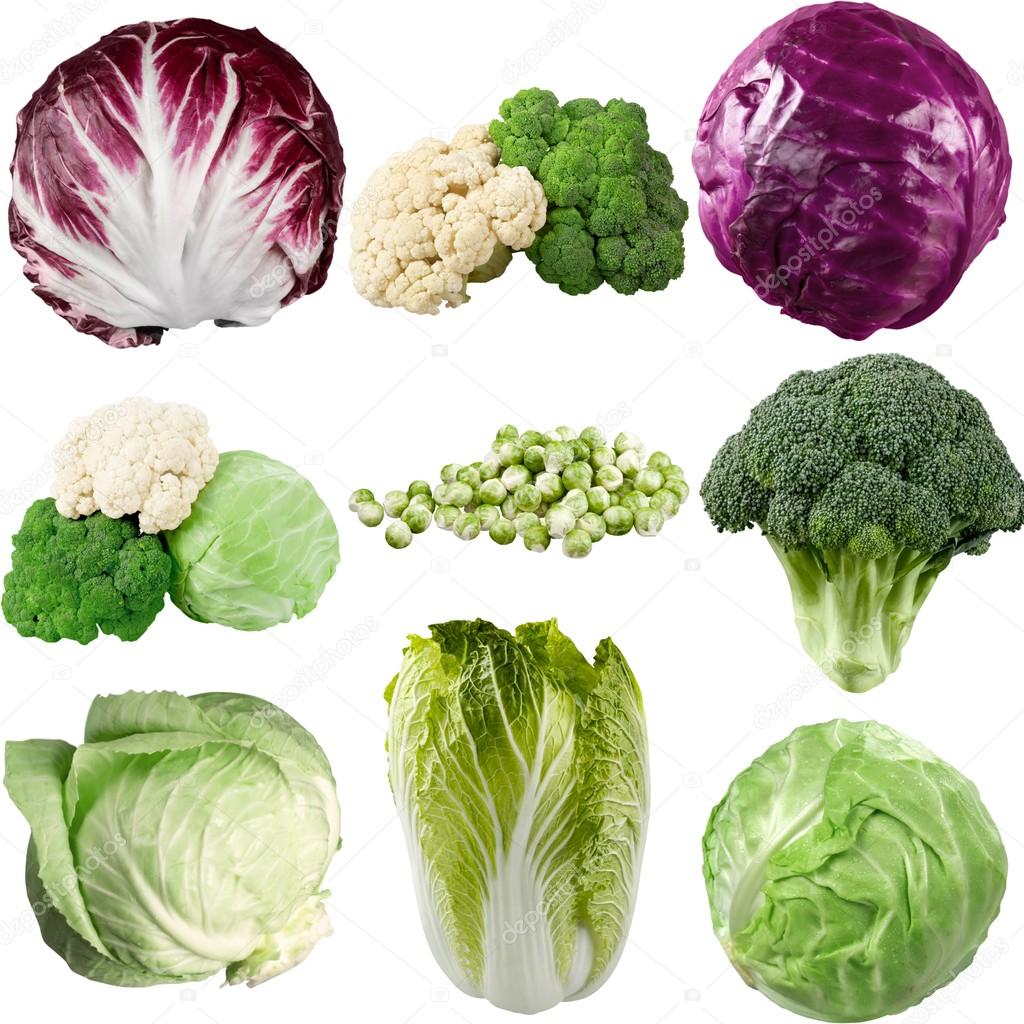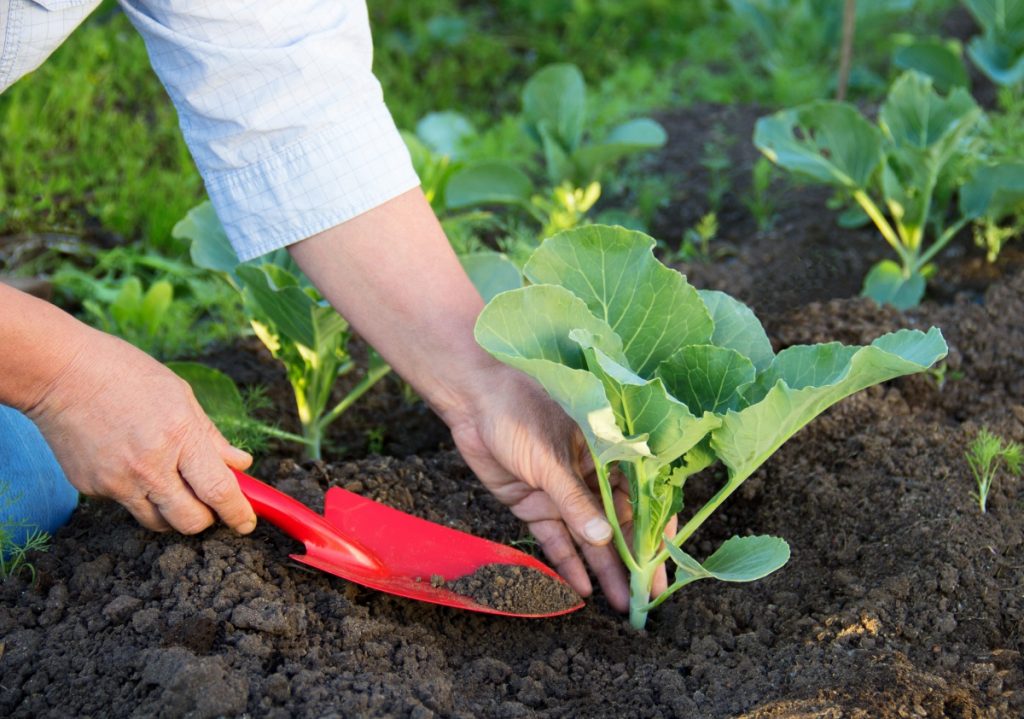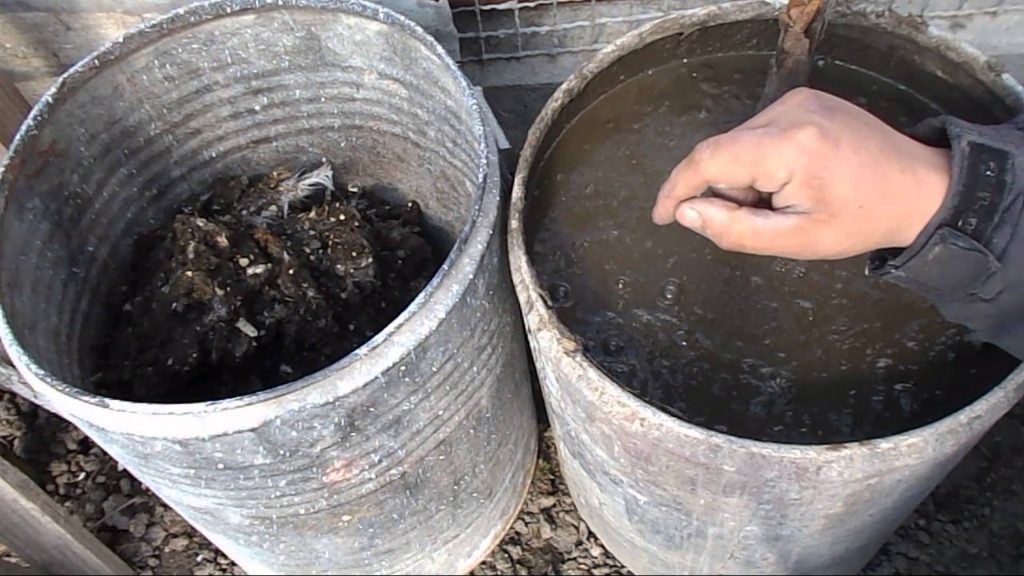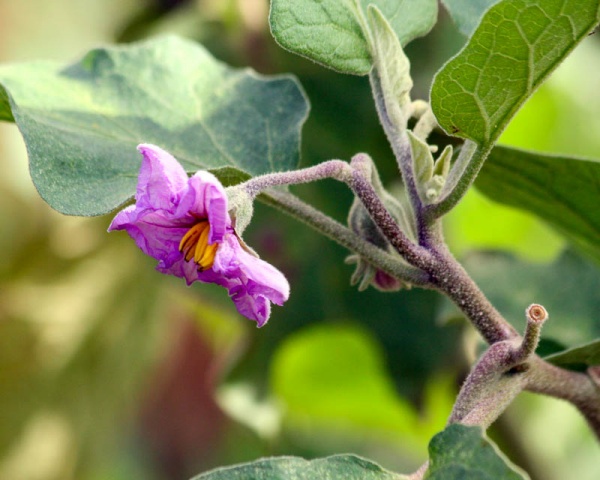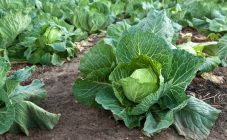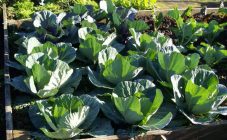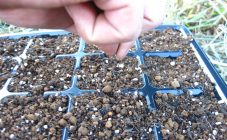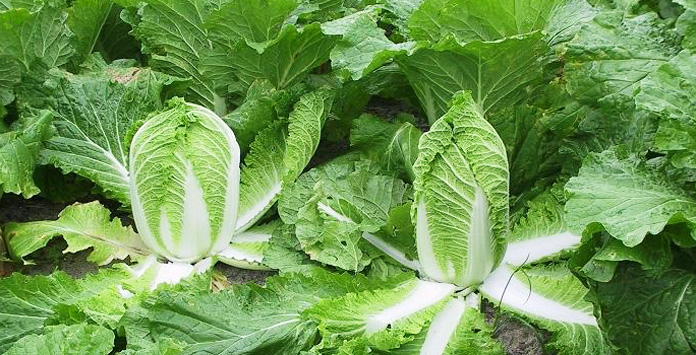A valuable and useful vegetable crop - cabbage, is grown by gardeners of all countries and continents. This annual plant of the Cruciferous family is one of the garden crops important for humans. According to the data of archaeological excavations of settlements of the Stone and Bronze Age, even in prehistoric times, ancient farmers were engaged in growing cabbage. Later, in the days of Ancient Egypt, Greece and Rome, with the development of agriculture, farmers began to discover new varieties and varieties of cabbage.
Culture information
Depending on the purpose, vegetable cabbage crops are divided into the following groups:
- Cabbage for summer use;
- For bookmarking fresh for winter storage;
- For fermentation.
Currently, the following varieties of cabbage vegetable are popular among summer residents and gardeners:
- White-headed... This traditional and familiar to everyone type of cabbage is known for its excellent taste and medicinal properties. A large amount of vitamins and minerals necessary for the normal functioning of the human body are concentrated in the leaves of the vegetable. It is not for nothing that cabbage is called a natural "orderly" - due to the content of lactic and acetic acid in the leaves, putrefactive bacteria in the intestine are suppressed, and its microflora improves. It is known that the minimum heat treatment of cabbage allows you to preserve a maximum of vitamins and nutrients, therefore it is best to use it fresh, as part of various salads;
- Red-headed. This beautiful variety of white cabbage attracts attention with its unusual red-purple coloration. It differs from its “sister” not only in its color shade, but also in its strongly pronounced cabbage taste and a coarser, difficult-to-digest texture, which enhances intestinal motility. Red cabbage heads contain a significant amount of sugar, proteins and minerals. The amount of useful vitamins of groups A, C and B1 in it is the same as in the white-headed woman, and the amount of B2 vitamins is 3 times more than in the white-headed woman. To maintain a multivitamin reserve, it is recommended to consume red cabbage raw;
- Colored. The cauliflower fruit resembles a large inflorescence, collected from small clusters of tiny inflorescences. It contains large amounts of pectins, malic and acetic acids. Due to the presence of cellulose, which has a delicate structure, cabbage is easier to digest in the intestine. Therefore, it is so often recommended for dietary nutrition. Vitamins A, B, C, K, folic and niacin, trace elements of sodium, feces, magnesium, copper, phosphorus - this is such a storehouse of useful substances contained in cauliflower. This cabbage variety is best cooked in a small amount of water, as some of the mineral components pass into liquid during cooking. Therefore, delicious vegetable soups are prepared on cauliflower broth, and the broth can also be used to make delicious sauces;
- Beijing... Peking cabbage has an elongated oval shape and is similar in color to white cabbage. Due to its dietary and medicinal properties, this vegetable crop is recommended for people suffering from cardiovascular and ulcerative diseases.In the East, Peking is considered a source of health and longevity, since its leaves contain a significant amount of amino acids, which are responsible for dissolving proteins in the human body, help cleanse the blood of harmful microbes and strengthen human immunity;
- Savoy. This cabbage variety with a delicate leaf structure is popular in European countries. In terms of the content of vitamins, proteins, microelements, Savoy cabbage occupies a leading place among its “relatives”. In addition, sodium and cobalt are present in its leaves. Savoy cabbage is recommended to be consumed fresh in various salads;
- Brussels sprouts. The cabbage head is formed from small heads of cabbage, made up of delicate small leaves. The vegetable culture has excellent taste and is suitable for the preparation of various dishes. This type of cabbage contains a large amount of vitamin C (from 152 to 247 mg%) and, what is most interesting, the amount of vitamins does not decrease during storage. Such a record amount of such a useful vitamin makes Brussels sprouts a valuable nutritious product and increases the resistance of the human body against colds. The range of vitamins is successfully complemented by carotene, mineral salts, amino acids and other useful microelements. It is eaten only after culinary processing. During cooking, Brussels sprouts increase in volume;
- Broccoli. The appearance of the vegetable is reminiscent of the relationship with cauliflower and has a distinctive bright green color of the inflorescences. This type of cabbage belongs to low-calorie foods - 100 grams contains only 25 kcal, due to this, the vegetable is recommended as a dietary food. Broccoli is called "vitamin bomb" for a reason. Fiber, potassium, calcium, phosphorus, magnesium, zinc, manganese, vitamins C, B, E, K, provitamin A - this is an incomplete list of nutrients in broccoli. With the systematic use of this type of vegetable crop, the body's resistance to stress increases, immunity improves, the development of anemia, tumors is prevented, and the aging process slows down. Broccoli is eaten raw, boiled, added to soups and vegetable salads.
The above varieties of cabbage are the most popular and favorite varieties of garden plants that can be eaten throughout the year. To grow cabbage in summer cottages and your own gardens, it is recommended to familiarize yourself with the rules for growing this crop and find out how to feed the cabbage after planting in the ground.
Cabbage dressing
Growing cabbage and getting a good harvest is unthinkable without the timely introduction of substances that stimulate plant growth. Planting cabbage culture is carried out in seedlings with or without a subsequent pick. Cultivation of cabbage by the diving method exposes the seedlings to great stress, so the plant needs additional feeding. Fertilizing cabbage after planting in the ground stimulates the vegetative mass of green shoots, and also promotes the development of the root system. To figure out what is put in an earthen hole when planting cabbage in open ground, you need to familiarize yourself with the main types of fertilizers for vegetable crops.
The active development of cabbage seedlings requires the presence of useful trace elements, the growth of the plant is provided by nitrogen and phosphorus, and potassium is needed to strengthen the immune system.
All of these important trace elements are part of the dressing, which are divided into the following types:
- Mineral;
- Organic.
Many gardeners believe that the use of organic matter for the growth of seedlings and stimulating the development of strong cabbage heads not only contributes to the growth of seedlings, but also allows you to get an environmentally friendly harvest.Modern research proves that the most effective result of cabbage feeding after planting in open ground is the combination of two types of fertilizers: mineral and organic.
If for some reason it was not possible to fertilize the soil during planting of seedlings, then in this case the first feeding is done two weeks after planting the seedlings. First you need to "saturate" the plants with nitrogen. As you know, this important element is included in both organic and mineral fertilizers.
Experienced gardeners recommend the following recipes for these purposes:
- In a container designed for 20 liters of water, 1 liter of mullein is added in liquid form; this composition can be used to water seedlings at the rate of 0.5 liters for each plant;
- You can dilute 40 g of ammonium nitrate in 20 liters of water and pour cabbage seedlings with this composition.
Instead of feeding "under the root", you can perform foliar feeding of seedlings. To do this, dissolve 2 matchboxes of saltpeter in 20 liters of water and spray the leaves of the cabbage culture.
The second period of feeding begins in the last days of June or in the first decade of July. If at first the plants were fed with mineral fertilizers, it is recommended to use organic matter for the second stimulation.
You can feed the plants with the following types of organic fertilizers:
- Cow and horse manure;
- Chicken litter.
Sometimes gardeners have difficulty buying manure and chicken droppings and ask a fair question: how to feed cabbage for growing in the open field?
There is a wonderful natural fertilizer - ash from burning wood species. For feeding, an ash solution is used, which is made up of 2 liters of water and 2 glasses of ash. The infusion is infused for 4 to 5 days, filtered, after which the solution is ready for gravy under young cabbage. In addition to feeding, spraying with an ash solution protects plants from harmful insects and various pests.
The third feeding is recommended to be carried out 12 days after the previous one. To do this, dilute 1 teaspoon of superphosphate, potassium sulfate and a special fertilizer "Agricola for cabbage" in 10 liters of water and water the plants at a rate of 3 to 4 liters per 1 m².
These dressings are made for both early and late varieties of cabbage. Late varieties of white cabbage, intended for long-term preservation, are fed at the end of August with the following composition: 60 g of superphosphate must be added to the mullein infusion. Before the start of the harvest, a final dressing is made two weeks before the harvest, contributing to the long-term preservation of the harvest. An aqueous solution of the following composition is being prepared: 1 liter of ash infusion or 80 g of potassium sulfate is dissolved in 20 liters of water.
A very common folk way of feeding is the use of brewer's yeast based on an aqueous solution. Watering with a yeast composition is carried out exclusively in dry warm, when the earth is well warmed up. Another popular folk option for feeding a vegetable crop, which can be used for a small garden with cabbage, is watering with an infusion of dry rye bread crusts. To do this, put crackers by one third in a ten-liter bucket, fill with water and insist for a day.
To form tight heads of cabbage, you can pour an iodine composition under the root, consisting of 10 liters of water and 40 drops of iodine.It is allowed to use 1 liter of the mixture for each plant. The iodine composition is also used for foliar feeding of cabbage. In this case, the proportions of the mixture change and 5 drops of iodine are added for every 10 liters of water. Such processing also performs protective functions - the cabbage will not get sick with gray rot.
When carrying out all types of dressings, it is important to wash off the fertilizer residues from the green leaves of white cabbage with clean water.
Cabbage care
You can plant cabbage, grow it and get a good harvest by following simple standard agricultural techniques and methods:
- Soil preparation;
- Correct watering;
- Timely and necessary feeding;
- Loosening the soil of the beds;
- Weed destruction.
It is important to plant cabbage seedlings on time: the early varieties are usually planted from April 25 to May 5, and the later ones are recommended to survive from May 10 to May 20. The deadline for planting should be no later than June 1.
Cabbage should be protected from harmful insects, pests and viral diseases. To protect against cruciferous flea beetles, the planted seedlings are lightly sprinkled with dry wood ash. For the prevention of diseases of cabbage seedlings, plants are watered with a weak solution of potassium permanganate or an aqueous solution of ammonia (ammonia). Tobacco dust, nettle infusion, calendula - all these well-known folk remedies are used for the preventive treatment of cabbage.
